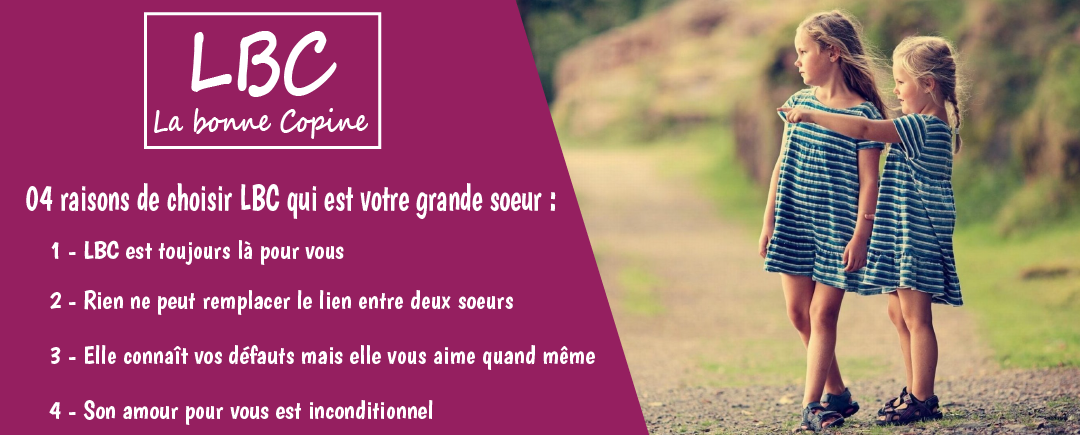Yoga: The Art of Living Well
“It’s too expensive, it doesn’t build muscle, it’s for celebrities, it’s too gentle… Many ideas have been expressed about yoga. However, it’s a practice aimed at balancing the mind, mental state, and body. The techniques used involve breathing practices, physical postures, relaxation, and meditation. Let’s delve into this art rooted in Indian philosophy and practiced for a very long time…”
More than just a trend, yoga is a discipline that combines sport and well-being. A true institution, it harmonizes the mind, body, and spirit. Currently, it is attracting more and more enthusiasts due to its benefits. Let’s take a closer look at this zen sport!
What is Yoga Exactly?
A genuine way of life, yoga is taught in specialized places or institutes. It has gained popularity among Westerners for over 20 years for its various virtues. Stemming from Hindu culture, yoga merges three essential aspects for humans: the spiritual, the physical, and the psychological. When combined with asceticism, meditation, and exercises, these aspects provide mental and physical well-being. Focusing on well-being and relaxation, it also helps regain self-confidence and release negative energy.
For a bit of history, yoga has very ancient roots. It originated in India in the 17th century BCE and was only introduced to the West in the early 20th century. It wasn’t until the 21st century that it attracted more enthusiasts, particularly Europeans fascinated by Asian culture.
3 Different Yoga Techniques Based on Your Goals
There are various types of yoga, and each emphasizes a particular aspect of this discipline.
1. Dynamic Yoga for Staying Energized
These involve sequences of postures performed in rhythm with your breath. Differing from traditional yoga, it requires the execution of fluid postures at a sporty and rapid pace. It also calls for slow and deep breathing. Dynamic practices include ashtanga, vinyasa, and jivamukti.
2. Static Yoga or Hatha Yoga for Joint Pain
Focusing on body alignment, this type of yoga is practiced slowly, allowing for a deeper understanding of the body. It deeply affects both the mind and body and helps in muscle toning. Effective for joint pain, this technique allows you to meditate on your sensations. Bikram, Sivananda, anusara, and satyananda fall into this category.
3. Gentle Yoga for Seniors
This type of yoga is characterized by a slower pace and is suitable for those who want to focus on self-awareness, inner peace, and compassion in their practice. It is perfect for individuals with health issues or the elderly. Additionally, it helps release physical and mental tension. Hatha, yin yoga, and Kum Nye are considered gentle yoga.
It’s worth noting that there are also types of yoga that incorporate multiple postures, such as Lyengar, Kundalini, or Sudarshan Kriya.
Benefits and Specifics of Yoga
There are numerous benefits associated with this discipline. Indeed, it enhances endurance, flexibility, relaxation, and muscle strength. Furthermore, the benefits of yoga are immediate, providing a sense of well-being and inner peace. If practiced for several years, it can help alleviate back and joint pain. The primary goal of this activity is to provide its practitioners with a sense of harmony with themselves and the world around them.
It’s important to mention that yoga has positive effects on both mental and physical well-being. It can help alleviate various common ailments, including anxiety, depression, back pain, digestive problems, migraines, and hypertension. It enables individuals to build better relationships with those around them and manage their stress.
The uniqueness of this practice lies in its ability to relieve daily stress and emotional suffering. The muscular and breathing exercises are designed to facilitate perfect control of physiological functions.
Equipment for Yoga Practice
Yoga practice requires minimal equipment. Comfortable clothing is essential, and a sports bra for women provides essential support. You’ll also need a specialized yoga mat or a towel and a water bottle. If you’re practicing relaxing yoga, you may require a blanket. A relaxation shawl and yoga socks are also essential. However, yoga is ideally practiced barefoot. Expecting or new mothers may need a maternity cushion for comfort. If you’re practicing at home, make sure to designate a comfortable practice area. Create a relaxing atmosphere with soothing music, candles, essential oils, and flowers.








